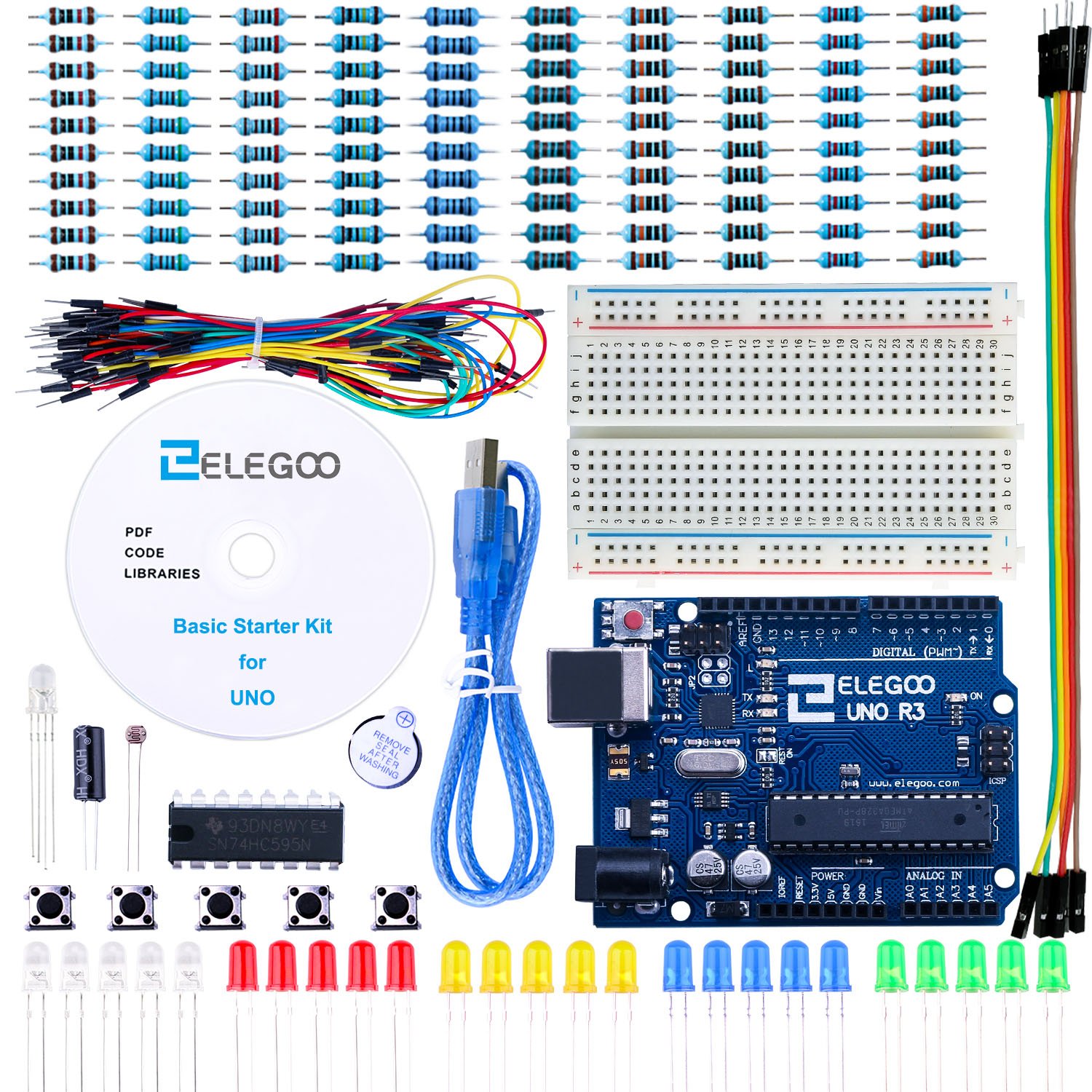; Date: Sat Jun 05 2021
Tags: Coronavirus »»»»
The official story of the origin of COVID-19 (SARS-nCOV-2) is an origin in a Wet Market (market where live exotic animals are sold) in Wuhan China, in November-December 2019, and that the virus made a jump from Bats to Humans. They eat bats in China, by the way. But, new evidence has appeared showing that COVID-19 was clearly circulating in Lombardy (Italy) in September 2019, and possibly in Barcelona (Spain) in March 2019. That indicates an earlier spread of the virus and raising doubts about the official story.

New interest is circulating about the origins of COVID-19. There is enough doubt about the official story of COVID-19 that many wild theories are circulating. To make wise decisions about COVID-19 it's necessary to find the actual source of this disease. It's very possible that COVID-19 has a different origin than the official story tells us.
The story circulating recently involves scientists raising the plausibility that the COVID-19 virus was artificially created in a research lab in Wuhan China. Researchers artificially create viruses all the time, it seems, to better understand the mechanisms. But what if that research has a hidden purpose, to create biological weapons -- of course that suggestion has no basis in proof, and is pure speculation, it's just that some folks are making that exact speculation. Or, what if a concocted virus accidentally escaped the laboratory?
One way to prove or disprove these ideas is to look for evidence elsewhere. For example, was the COVID-19 virus present anywhere else in the world prior to the first detection in Wuhan China? The existence of infected people outside Wuhan before December 2019 would cast doubt on the official narrative (that it originated from a Wet Market in Wuhan) or even the wild unsubstantiated theory of a manufactured virus escaping the lab in Wuhan.
There are two sets of evidence to consider, both of which concern detection of COVID-19 in Europe much earlier than December 2019.
How was it that the virus was detected anywhere before folks even knew the virus existed? That is, widespread acknowledgement of the virus began in January or February 2020, and by March they'd scanned the genome and developed tests. But, how can I say that researchers have found evidence from as early as March 2019?
What happened is that researchers on other projects took various samples, then stored those samples. This included sewage samples taken in various cities, and blood tests taken in Italy as part of screening patients for a lung cancer trial. Those samples were taken in 2019 and 2018. Then in 2020 and 2021 other researchers took a second look at the samples to see if COVID-19 was detectable.
The clearest result is that blood samples that had been taken in Italy during 2019 showed a significant number of patients from Lombardy with COVID-19 antibodies. To have antibodies those people would have been exposed to COVID-19 enough that their bodies developed the antibodies.
Attached at the bottom are three videos by Dr. John Campbell, a prominent medical instructor in England. He's published hundreds of videos since February 2020 about COVID-19, with these three looking at evidence of earlier detection. Note that he did not create that evidence, what he does is to read and review scientific papers. Associated with each of these videos are multiple journal articles.
Analyzing Sewage Samples from Barcelona and other European cities in 2019 for COVID-19 RNA
One set of data of early detection of COVID-19 comes from analyzing sewage samples. The goal wasn't to determine if the sewage system is transmitting COVID-19. Rather it is about detecting spread of the disease by looking for traces in the sewage system.
That is, the poop and pee of sick people contains traces of what they're sick with. Therefore the presence of a pathogen in sewage samples indicates that a portion of the population has that disease. The more pathogen in sewage, the more people who are diseased. That's the theory anyway, and the research is in part to validate whether this is a good early warning system about the spread of disease.
I went over the sewage research in July 2020, listing several links to results not just from Barcelona but other European cities: COVID-19 origin in question due to early detection in Barcelona on March 2019 and Milan in December 2019
The bottom line is that researchers looked at sewage samples from several cities. The samples had fortuitously been kept frozen. In Barcelona the samples went back to 2018. The presence of COVID-19 was detectable on March 12, 2019, in Barcelona, and on no other date in 2019 or 2020 up until December or so.
Does that mean COVID-19 originated in Barcelona? No. Consider another piece of data.
Mobile World Congress is a large technology conference focusing on mobile technology (cell phones, tablet computers, etc). For many years the conference was held in Barcelona in late February. The last instance was February 25-28, 2019. The 2020 instance was canceled because, obviously, worries about COVID-19 were just building at that time. A conference of this size is what we now know to call a Super Spreader Event. The MWC Barcelona attendance was routinely over 100,000 people, jammed in close quarters in meeting rooms, large auditoriums, and in the exhibits hall.
Because the conference concerns mobile technology, of course many manufacturers were coming from China. This means Barcelona saw a large influx of Chinese people in late February 2019. That's consistent with a research result of detecting COVID-19 in Barcelona sewage samples from mid-March 2019.
To engage in a bit of unsubstantiated speculation. It's possible that some of the attendees had COVID-19 infections. Or, maybe they were infected with a Coronavirus variant similar enough to COVID-19 to show up in the tests. Those infected people then spread their infection to enough other people that it was detectable, for a short time, in Barcelona's sewage.
Under this theory, the COVID-19 virus still originates in China. But, it was spreading in China many months before the officially recognized start in December 2019.
Analyzing blood samples in Italy from 2019 for COVID-19 antibodies
Another data source is a retrospective study from blood samples which happened to be taken in Italy during 2019. There were 959 blood samples taken from asymptomatic individuals enrolled in a prospective lung cancer screening trial between September 2019 and March 2020.
To make this clear, a group of people were being screened for a lung cancer trial beginning in September 2019. Part of the screening involved taking then storing blood samples. Later, those blood samples were analyzed for the presence of SARS-CoV-2 receptor-binding domain (RBD)-specific antibodies.
Anybody with those antibodies would have been exposed to SARS-COV-2, a.k.a. COVID-19. This is much clearer evidence than looking at sewage samples, I think.
Of the 959 samples, 111 had COVID-19 antibodies. Of those many were sampled in September 2019.
According to the official story, the first detection of COVID-19 was on January 30, 2020. This involved two tourists from China who tested positive for SARS-CoV-2 in Rome. The first official case of an Italian person with COVID-19 was identified in Lombardy on February 20, 2020.
The authors of the people surmised that given the large COVID-19 outbreak in Italy, that the virus was probably circulating ahead of time. That led them to look at these blood samples.
From the first two months, September–October 2019, they found that 23 of 162 patients (14.2%) from that time had SARS-COV-2 antibodies. They detected these antibodies in all sampling periods up to March 2020, when the study ended. The majority of samples containing antibodies came from people living in Lombardy. It was Lombardy where the later COVID-19 outbreak hit the worst.
Towards the end of the paper, the authors discuss how this suggests an earlier outbreak of COVID-19 than is officially recognized. But the authors do not have enough evidence to explicitly say when the spread first occurred.
Consider that it takes 14 days or so from infection for COVID-19 to turn into detectable symptoms. This indicates likely community spread of COVID-19 in Italy in perhaps August 2019, if not earlier.
Summary
These research results do not conclusively tell us the origin of COVID-19. What they point to is the existence of COVID-19 infection in Italy and possibly Barcelona well before December 2019.
The Italian results are most interesting. They show COVID-19 was widely enough spread that, in September 2019, 14% of patients randomly screened had COVID-19 antibodies. How widely spread was COVID-19 at that time for this result?











